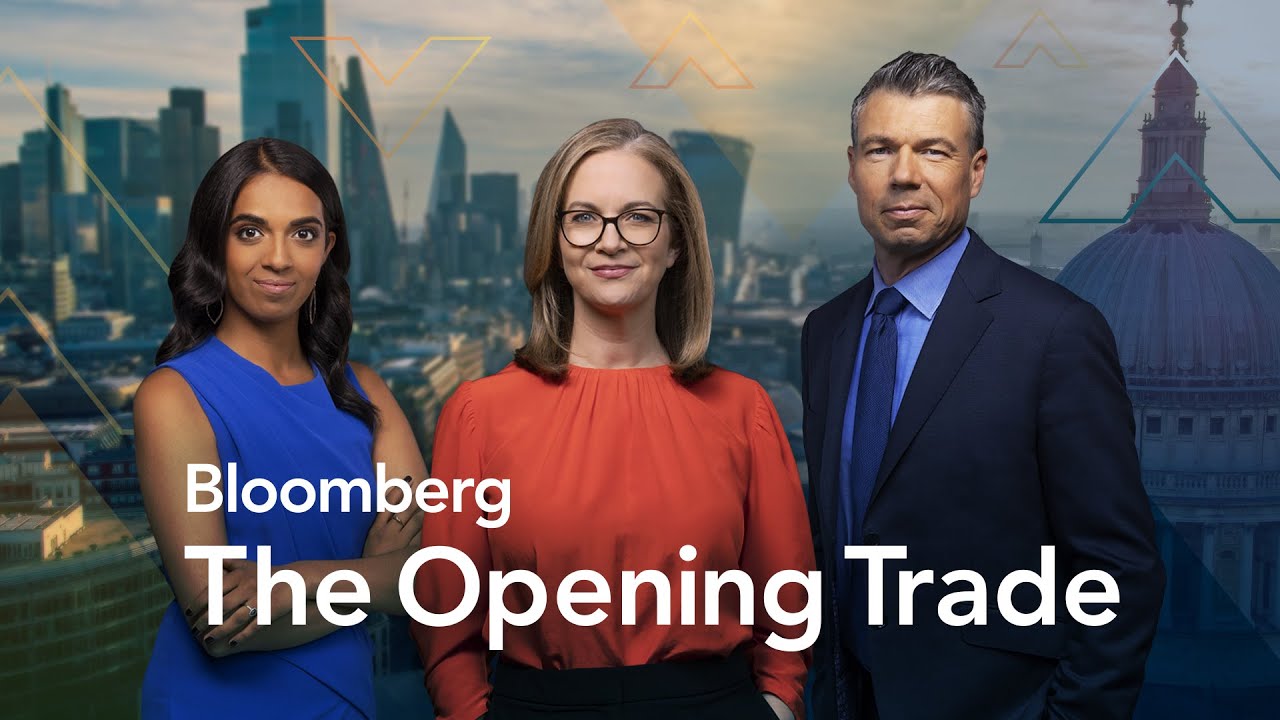The video discusses the U.S. government shutdown’s impact on economic data and markets, alongside geopolitical developments such as Europe’s support for Ukraine and potential escalations in the Russia conflict. It also highlights OpenAI’s rise as the most valuable startup amid strong AI sector growth, energy market complexities, and cautious optimism in global equities despite ongoing uncertainties.
The video opens with a discussion on the ongoing U.S. government shutdown entering its second day, highlighting the uncertainty it brings to the markets and economic data reporting. President Trump plans to use the shutdown to potentially fire federal workers, which could create short-term shocks to the labor market and consumer spending. The shutdown is also causing delays in critical economic data, making it harder for the Federal Reserve to interpret the economy accurately. Despite these challenges, U.S. and European stock futures are showing modest gains, driven largely by optimism around potential Fed rate cuts and the ongoing AI trade.
A significant focus is placed on the geopolitical and defense landscape, particularly Europe’s efforts to support Ukraine amid the conflict with Russia. European leaders are meeting in Copenhagen to discuss unlocking €140 billion from frozen Russian assets to fund Ukraine’s defense and recovery. The G7 nations are also considering ramping up sanctions on Moscow, including targeting Russian oil majors and refining capacity. There is speculation that the U.S. may allow Ukraine to use longer-range missiles, which could intensify the conflict by enabling strikes deeper into Russian territory, potentially impacting global energy markets.
The AI sector continues to dominate market enthusiasm, with OpenAI’s recent share sale valuing the company at $500 billion, making it the world’s most valuable startup. Despite being a private company without significant revenues yet, OpenAI is beginning to enable transactions within its ecosystem, which could pave the way for future monetization. The video also touches on the broader technology and semiconductor sectors, noting strong performances in companies like ASML and Samsung, driven by increased investment in AI-related technologies and infrastructure.
In the energy markets, there is concern about potential oversupply as OPEC explores increasing production, while Ukraine’s targeting of Russian energy infrastructure adds complexity to the supply outlook. The discussion highlights Europe’s spare electricity generation capacity, which could support the growing demand from AI data centers, contrasting with tighter capacity in parts of the U.S. and Asia. The video also notes the interplay between oil and gas markets, with utilities potentially switching fuels depending on price movements, and the broader implications for inflation and economic growth.
Finally, the video covers various market sectors and regional economic developments. Tesco has raised its profit forecast due to competitive pricing and increased shopper numbers, while European defense stocks are gaining on expectations of increased military spending. The U.K. government is considering exempting shares of recently floated companies from trading taxes to boost market activity. The video concludes with insights into the challenges facing the Federal Reserve amid data delays, the potential for further rate cuts, and the cautious optimism permeating global equity markets despite ongoing political and economic uncertainties.
